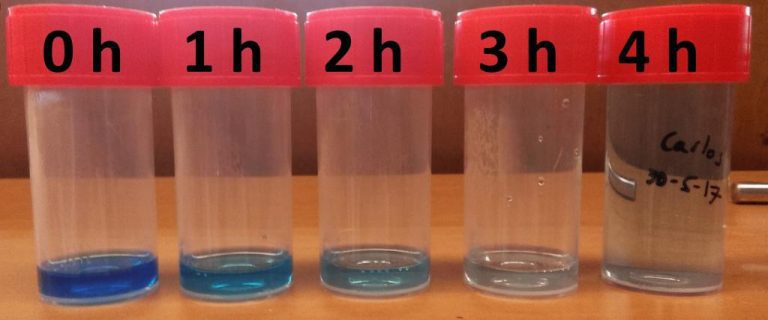With an increasing global demand for energy and for access to clean water, photovoltaic devices might bridge the gap.
In 2017 alone, more than 160 billion dollars were invested in the development and use of solar energy technology. In a world where the demand for energy is constantly increasing (without any sign of levelling off), photovoltaic solar cells are an attractive technology. From little toys to satellites, from street lamps to power plants, solar panels are everywhere. But what if we could use them for more purposes?
One of the pitfalls of solar energy is that the main power source, the sun, is intermittent. Shining brightly during the day, hidden during the night. If we imagine one day running solely on solar energy, the grid’s output would not be stable throughout the circadian cycle and in response to weather fluctuations. Applications of this technology have been studied to harvest the energy in another form, or to use that same energy to run public facilities, such as water treatment plants.
A few weeks ago Dr. Paula Perez Rodriguez graduated from TU Delft on the basis of a thesis, supervised by Prof. Miro Zeman and Prof. Arno Smets, on the design and testing of photovoltaic devices for water splitting and water purification. Her work focused on cells for passing an electric current through a body of water either to hydrolyse it, separating hydrogen from oxygen, or to degrade pollutants in it. In the former case, the hydrogen would be stored and processed to generate energy. In the latter, the device would instead be employed for water treatment.
Devices for water splitting are built with a silicon-carbon (Si-C:H) photocathode with a layer of titanium oxide (TiO2) to improve the performance of the device. The maximum efficiency of these cells peaks at around 10%, while the solar-to-hydrogen efficiency (how much of the incoming solar energy is converted to the energy stored in hydrogen) is around 8%.
When considering devices meant for water treatment, the best configuration turns out to be a bismuth vanadate (BiVO4) anode. As mentioned by Dr. Perez Rodriguez, the main advantage of treating water with these devices instead of conventional technologies is that the level of pollutants in the water can be reduced to zero. The current would, in fact, destroy the molecules. And in contrast to what happens in conventional plants, no extra chemical substances are added to the water.
Like every technology in the early stage of its development, extensive research needs to be carried out before it could potentially be commercialised. For instance, according to Dr. Perez Rodriguez, deposition methods (for the assembly of the cell) need to be refined, and the design of the reactor needs to be thoroughly investigated. Nevertheless, given their potential to revolutionise the sector, these solar devices could provide enough energy to stabilise the electrical grid and provide access to clean water for communities that currently lack safe drinking water.
- Paula Perez Rodriguez, Photovoltaic-(photo)electrochemical devices for water splitting and water treatment, PhD supervisors Prof. Miro Zeman and Prof. Arno Smets (TU Delft Faculty of EEMCS), 7 September 2018

In this demo the degradation of pollutants in the water, in this case blue ink, progresses under the influence of sunlight over time (Photo: Paula Perez Rodriguez)
Do you have a question or comment about this article?
j.w.wassink@tudelft.nl


Comments are closed.